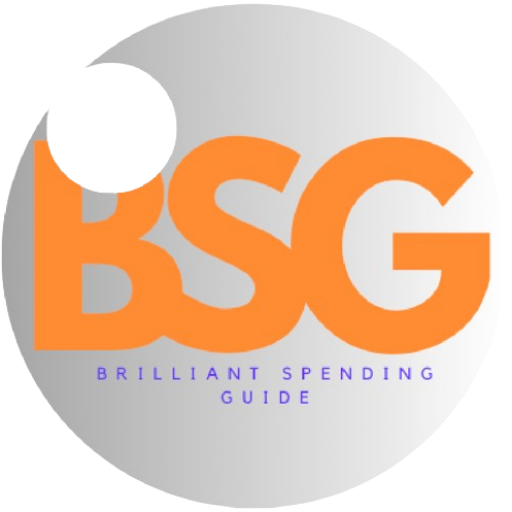The gig economy has revolutionized the way we work, with more and more people embracing the freedom and flexibility of freelance careers. While freelancing offers numerous advantages, it also comes with unique financial challenges. As your own boss, you’re now responsible for managing your finances, from tracking expenses to ensuring a steady cash flow. So, how can you master money management as a freelancer and ensure long-term financial success?
Firstly, understand your tax obligations. As a freelancer, you’re typically considered self-employed, which means you’re responsible for paying taxes on your income. Keep accurate records of your earnings and expenses, and set aside a portion of your income to cover tax payments. It’s a good idea to consult a tax professional to understand your specific obligations and take advantage of any deductions or write-offs you may be entitled to.
Next, prioritize budgeting and forecasting. Without a predictable salary, budgeting becomes even more important to ensure financial stability. Track your monthly expenses and create a budget that allocates a realistic amount for essentials, savings, and discretionary spending. Forecasting involves predicting your future income and expenses, helping you identify potential shortfalls or periods of surplus. This allows you to make informed decisions about taking on new projects or adjusting your spending habits.
Another important aspect is building an emergency fund. As a freelancer, your income can vary from month to month, and unexpected expenses or periods of reduced work can occur. It’s crucial to have a financial cushion to fall back on. Aim to save enough to cover at least three to six months’ worth of living expenses. This emergency fund will provide peace of mind and ensure you can weather any financial surprises.
Investing in yourself and your business is another key strategy. Allocate funds for professional development opportunities, such as courses, workshops, or mentorship programs, to enhance your skills and marketability. Investing in quality equipment, software, or tools can also increase your productivity and efficiency, potentially attracting more clients and projects. Remember, investing in yourself is an investment in the long-term success and growth of your freelance business.
Invoicing and payment terms are also critical to your financial success. Establish clear and consistent invoicing practices, including timely sending of invoices and following up on late payments. Consider offering incentives for early payment or exploring payment platforms that allow clients to pay by credit card, offering you greater flexibility and faster access to your funds. Neglecting this aspect of your business can lead to cash flow issues and unnecessary financial stress.
Additionally, it is important to diversify your income streams. Relying solely on one or a handful of clients can leave you vulnerable to financial instability if work dries up or payment issues arise. Diversifying your client base and income streams can provide a financial safety net. Explore opportunities to offer your services to a range of clients or industries, develop passive income streams, or create multiple revenue-generating projects. This way, you reduce the risk of financial hardship should any single client relationship end.
Freelancing also offers the opportunity to embrace financial automation. Utilize technology and automation to streamline your financial processes. Online banking and accounting software can help you manage invoicing, expense tracking, and budgeting. Many platforms integrate directly with your bank accounts, providing real-time financial data and insights. By automating these tasks, you save time, reduce manual errors, and gain a clearer picture of your financial health, allowing you to make more informed business decisions.
Retirement planning is another essential aspect that freelancers should not overlook. Without an employer-sponsored retirement plan, it’s up to you to ensure your financial security in retirement. Research and consider opening a retirement account, such as a Solo 401(k) or a Simplified Employee Pension (SEP) IRA, which are designed specifically for self-employed individuals. These accounts offer tax advantages and can help you build a substantial nest egg for the future. Again, consulting a financial advisor can help you navigate the options and choose the right retirement vehicle for your needs.
In addition to retirement planning, it is important to protect yourself with insurance. As a freelancer, you may not have access to the same employer-provided health, dental, or vision insurance plans as traditional employees. It’s important to secure adequate coverage for yourself and your family. Research options for private insurance plans or consider joining professional associations that offer group insurance rates. Additionally, look into other types of insurance, such as general liability or professional indemnity insurance, which can protect you financially if something goes wrong with a client project.
Lastly, seek professional help when needed. Managing your finances as a freelancer can be complex, and it’s okay to seek help. Consult a certified public accountant (CPA) or financial advisor who has experience working with freelancers and small businesses. They can provide valuable guidance on tax planning, budgeting, investing, and retirement strategies specific to your situation. Remember, their expertise can help you maximize your financial opportunities and avoid costly mistakes.








